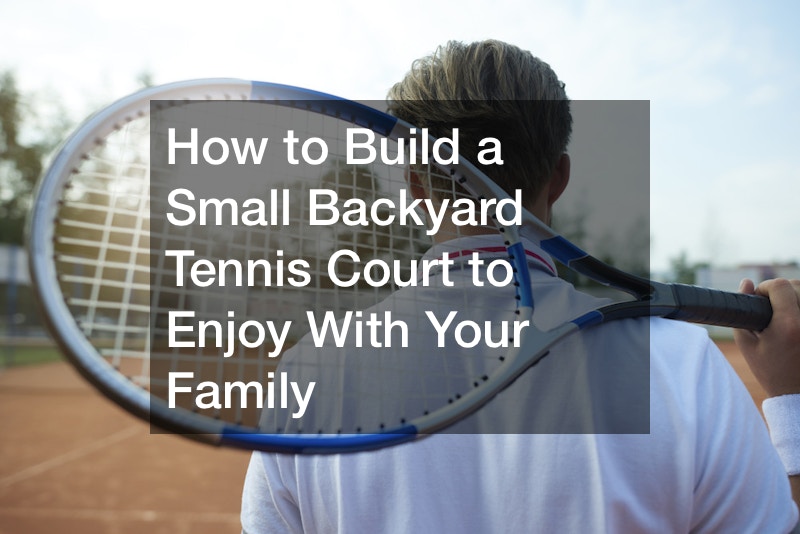d). It is important to remove any soils that might be in the way, along with any stones or roots under it. This can prevent any damage caused by the construction of new soil along the border.
When you’ve removed any obstructions, level your surface and then laid new sod in order to keep a beautiful design.
Install a Crushed Stone Sub-base
The tennis court’s base is the subbase of crushed stone. The crushed stone sub-base should be between 1/2 and 3/4 inches in thickness. Once it is set, you are able to lay layers of asphalt on top. The process of laying down several inches at once will allow you to allow each layer (12 inches) time to dry.
Find the asphalt surface
After you’ve bought your patio surface then it’s time to place it. It’s the first step to apply a paver finisher also known as hot asphalt machines (HAZM) in order to convert existing grass into asphalt. Here are the steps you need to adhere to:
Spread 3-4 inches hot mix, a mixture of cement and sand on the grass. Then compact the material with a roller until it fully dries. You should allow the pavement to cure for at least 24 hours prior to being able to use equipment. Set up a permanent net as well as posts
The most effective way to ensure that your court won’t be hurt by any balls or other debris is a permanently-installed net. It’s not a surprise by a portable net that gets damaged and must be repaired multiple times.
Be sure your stakes are four feet high and at least 18 inches deep into the ground. If you need something more sturdy (for example, if the children are not large enough that they can climb over them) You can put posts or stakes over. This will ensure that the court is free from animals and human beings, who could try to walk across it while playing.
h38vsxnxs1.
